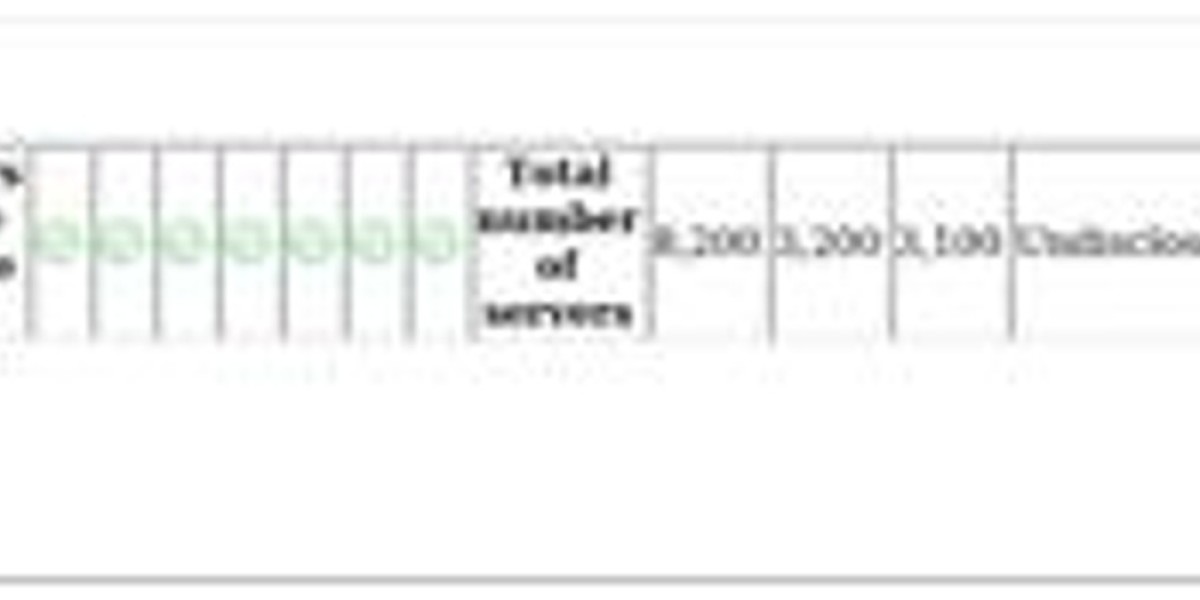Planning for retirement has become increasingly important, especially given the rising cost of living and inflation in India. A retirement calculator can help investors estimate how much they need to save today to maintain their lifestyle in the future. These tools consider factors such as current age, retirement age, expected expenses, inflation rate, and potential returns on investments.
For investors looking to make systematic investments, tools like an STP calculator can also help in planning regular transfers from one fund to another, optimising potential growth over time. In this article, we will explore how retirement planning can be approached conservatively using these tools and what factors investors should consider in 2025.
Understanding a retirement calculator
A retirement calculator is a digital tool that estimates the corpus required for retirement. It allows investors to input current savings, expected monthly expenses post-retirement, anticipated inflation, and the number of years until retirement. Based on these inputs, the calculator provides an estimate of the total amount needed to sustain a desired lifestyle.
These estimates help investors identify savings gaps and plan additional investments if required. They are especially useful in India, where inflation rates have varied in recent years, affecting the purchasing power of money over time.
How inflation impacts retirement planning
Inflation erodes the real value of money over time. For example, if monthly expenses today are Rs 50,000 and the inflation rate averages 6% annually, the same expenses may potentially grow to approximately Rs 89,542 in ten years. Planning without accounting for inflation can result in underestimating the required retirement corpus. A retirement calculator helps incorporate expected inflation, enabling investors to plan for potential future expenses rather than only current needs. Keep in mind, though that these calculations are not guaranteed, but only projections.
Role of an STP calculator in retirement planning
Systematic transfer plans (STP) allow investors to transfer a fixed amount from one mutual fund to another at regular intervals. An STP calculator can help estimate potential outcomes of such transfers over time. For instance, if an investor shifts Rs 10,000 monthly from a liquid fund to an equity fund using an STP, the calculator can project potential corpus accumulation over the planned duration. Keep in mind, that these projections are not guaranteed and should be used for planning purposes only.
Steps to plan retirement effectively
- Estimate current and future expenses
Start by calculating current monthly expenses and projecting them to retirement age using a conservative inflation rate. This helps in estimating the total corpus required.
- Evaluate existing savings
Consider current investments, provident fund balances, and other retirement savings. A retirement calculator can combine these inputs to highlight any shortfall.
- Determine investment horizon and asset allocation
The number of years until retirement influences the choice of investment products. Longer horizons may allow for higher exposure to growth-oriented assets, whereas shorter horizons may require conservative allocation.
- Use calculators for planning
A retirement calculator provides an estimate of the corpus needed, while an STP calculator helps plan systematic transfers for gradual wealth accumulation. These tools complement each other to optimise potential growth over time.
Integrating retirement calculators with holistic financial planning
While a retirement calculator offers clarity on the estimated corpus required, it should not be used in isolation. Retirement is only one aspect of an individual’s overall financial journey. Other goals, such as buying a house, funding children’s education, or creating an emergency fund, compete for the same pool of resources.
By integrating retirement calculator insights into a broader financial plan, investors can prioritise goals, allocate resources efficiently, and avoid underfunding any critical milestone. For instance, a financial plan might combine systematic investment plans (SIPs), systematic transfer plans (STPs), and insurance coverage to ensure both potential growth and protection.
Moreover, tax-efficient planning plays a key role. Leveraging tax-saving instruments under Section 80C or investing in equity-linked savings schemes (ELSS) can enhance long-term wealth accumulation while reducing annual tax outgo. A holistic view ensures that retirement planning is not just about numbers on a calculator but about aligning financial strategies with life aspirations, risk tolerance, and legacy planning.
Key considerations for investors
- Inflation-adjusted planning is crucial to maintain purchasing power post-retirement
- Start retirement planning early to benefit from compounding and potential growth of investments
- Regular review of retirement corpus projections is important, especially in changing market and economic conditions
- Use calculators such as retirement calculator and STP calculator for scenario planning, keeping in mind that these are only projections
- Investors should consult with a financial planner or investment advisor to ensure investment choices align with risk tolerance and long-term goals
Conclusion
Retirement planning in 2025 requires a careful approach, factoring in inflation, lifestyle goals, and potential returns from investments. A retirement calculator can provide clarity on the corpus required, while an STP calculator can help in designing systematic investment strategies to accumulate wealth over time.
While these tools offer guidance, outcomes depend on market conditions and individual investment performance. Investors should combine planning tools with professional advice to make informed decisions and review their plans regularly to account for changes in financial circumstances or inflation trends.
Mutual Fund investments are subject to market risks, read all scheme related documents carefully.



